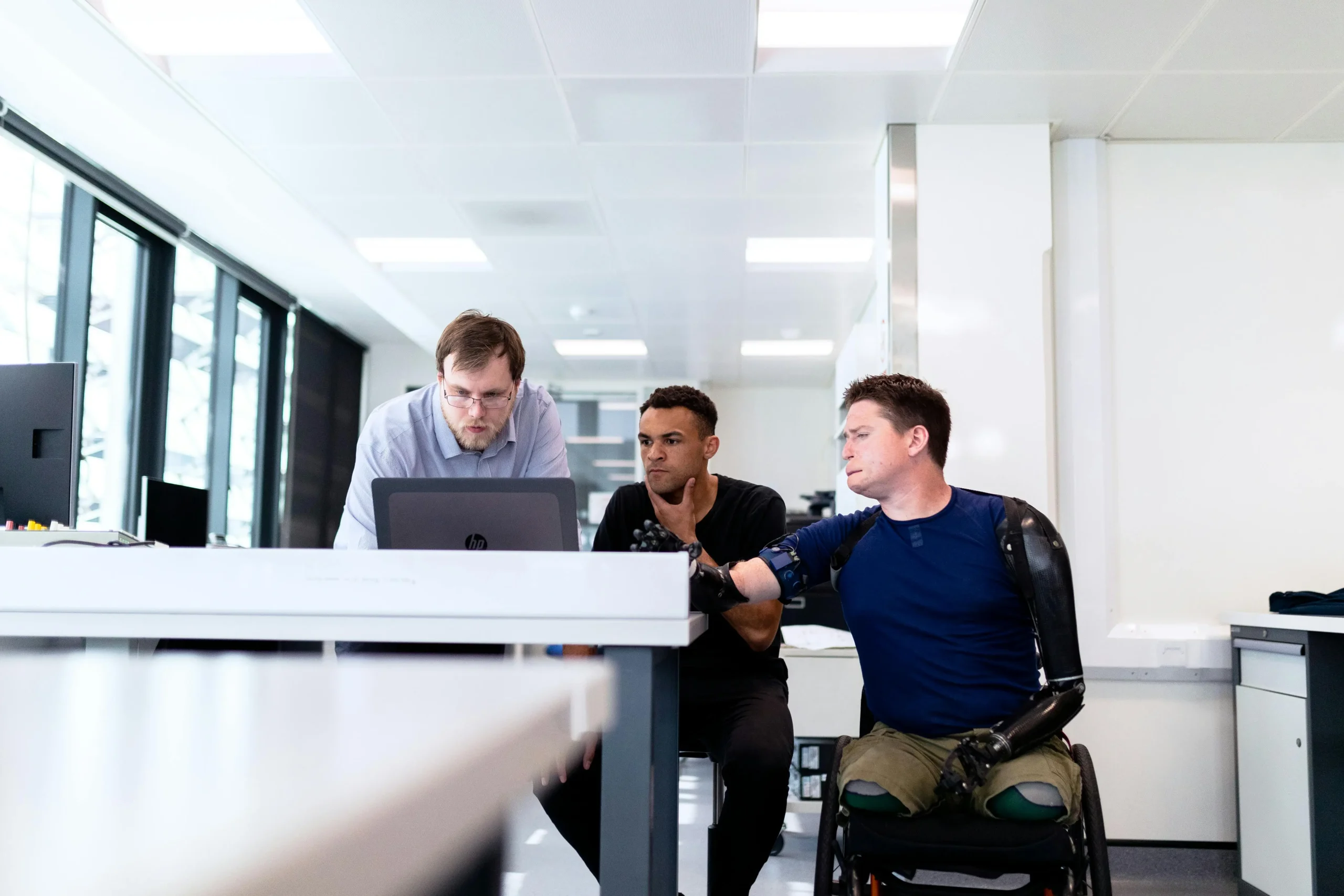Defining Accessible Employment
Accessible employment ensures that workplaces are designed to accommodate employees of all abilities, offering equal opportunities for everyone to thrive. This isn’t about charity—it’s about equity, innovation, and unlocking potential.
The Current Landscape of Workplace Accessibility
While strides have been made in fostering inclusivity, studies reveal that unemployment rates remain disproportionately high among people with disabilities. This gap highlights the urgent need for systemic change.
Why Accessible Employment Matters
Ethical Imperative: Doing the Right Thing
Providing accessible employment is fundamentally the right thing to do. It’s a commitment to fairness and social justice, ensuring no one is left behind.
Business Advantages of Accessibility
Boosting Productivity with Diverse Talent
Diverse teams bring unique perspectives and creative problem-solving abilities. Employees with disabilities often excel in adaptability and perseverance—qualities that elevate team performance.
Enhancing Brand Reputation and Customer Loyalty
Inclusive businesses appeal to socially conscious consumers. According to surveys, 70% of customers prefer brands that champion diversity and inclusion.
Legal Requirements and Compliance
Understanding Accessible Employment Global Accessibility Standards
Regulations like the ADA (Americans with Disabilities Act) and similar laws worldwide mandate accessible workplaces. Staying compliant isn’t just a legal necessity—it’s a competitive advantage.
Avoiding Costly Penalties
Non-compliance can lead to fines and lawsuits, but proactive accessibility measures protect businesses from such risks.
The Hidden Workforce
Tapping into Untapped Potential
Over one billion people globally live with disabilities. They represent a largely untapped workforce brimming with skills and perspectives that can drive business success.
Real-Life Success Stories of Accessible Employment
Companies like Microsoft and Starbucks have embraced accessible employment, proving its transformative power. These organizations report increased innovation and employee satisfaction.
Barriers to Accessible Employment
Common Misconceptions About Accessible Employment Hiring People with Disabilities
Some employers fear increased costs or reduced productivity, but data consistently disproves these myths.
Structural and Technological Challenges
Outdated office layouts and inaccessible digital tools create unnecessary hurdles for employees with disabilities.
Unconscious Bias in the Accessible Employment Hiring Process
Biases—often unintentional—can prevent employers from recognizing the immense value of hiring individuals with disabilities.
Building an Accessible Employment Workplace
Assessing Your Workplace for Accessibility
Conducting Accessibility Audits
Identify physical and digital barriers to inclusion. An accessibility audit can pinpoint areas for improvement.
Employee Feedback: A Key to Success
Employees often provide the best insights into what’s working and what needs change.
Adopting Inclusive Recruitment Practices
Accessible Job Descriptions
Avoid jargon and ensure job requirements focus on essential skills rather than arbitrary qualifications.
Training Hiring Managers
Equip hiring managers with training to recognize and overcome unconscious bias.
Leveraging Technology for Accessibility
Tools and Software to Aid Employees
From screen readers to ergonomic office tools, technology bridges gaps for employees with disabilities.
Digital Accessibility Best Practices
Ensure websites and internal platforms meet WCAG (Web Content Accessibility Guidelines) standards.
The ROI of Accessible Employment
Financial Gains from Inclusive Practices
Inclusive companies often outperform their peers financially, with higher employee retention and customer loyalty.
Building a Resilient, Loyal Workforce
Employees value inclusive cultures, fostering long-term loyalty and reducing turnover costs.
The Future of Work Is Accessible
Why Gen Z and Millennials Prioritize Accessibility
Younger generations demand inclusivity in their workplaces, making accessibility a key factor in attracting top talent.
Innovating for Tomorrow: Trends in Accessible Employment
From AI-powered tools to universal design principles, technology is driving accessibility forward.
Actionable Steps for Employers
Quick Wins to Improve Accessibility Today
- Install ramps and elevators.
- Update software to support screen readers.
- Provide flexible work options.
Long-Term Strategies for Sustained Impact
- Commit to ongoing accessibility training.
- Partner with organizations that promote disability inclusion.
Conclusion: Embrace Accessibility—Empower the Future
Accessible employment isn’t just a trend—it’s the future. By embracing accessibility, businesses unlock innovation, foster loyalty, and create a workplace where everyone can thrive.
“Inclusion isn’t an act of kindness; it’s an act of necessity.”
FAQs
- What is accessible employment?
Accessible employment refers to practices that ensure equal opportunities for individuals of all abilities in the workplace. - Why is accessible employment important?
It promotes fairness, innovation, and compliance with legal standards while enhancing business outcomes. - How can companies create accessible workplaces?
Through audits, inclusive recruitment, and leveraging technology designed for accessibility. - What are some examples of accessible employment practices?
Installing ramps, using screen-reader-friendly software, and training managers to overcome bias. - What laws govern workplace accessibility?
In the U.S., the ADA (Americans with Disabilities Act) outlines specific requirements. - Does accessibility improve productivity?
Yes, diverse teams often outperform less inclusive ones due to their range of perspectives. - Is accessibility expensive for businesses?
No, many solutions are cost-effective and provide a significant return on investment. - What industries benefit from accessible employment?
All industries can benefit, from tech and retail to healthcare and education. - How does accessible employment enhance customer loyalty?
Customers prefer brands that align with their values, including inclusivity. - What’s the first step in creating an accessible workplace?
Start with an accessibility audit to identify and address barriers.













